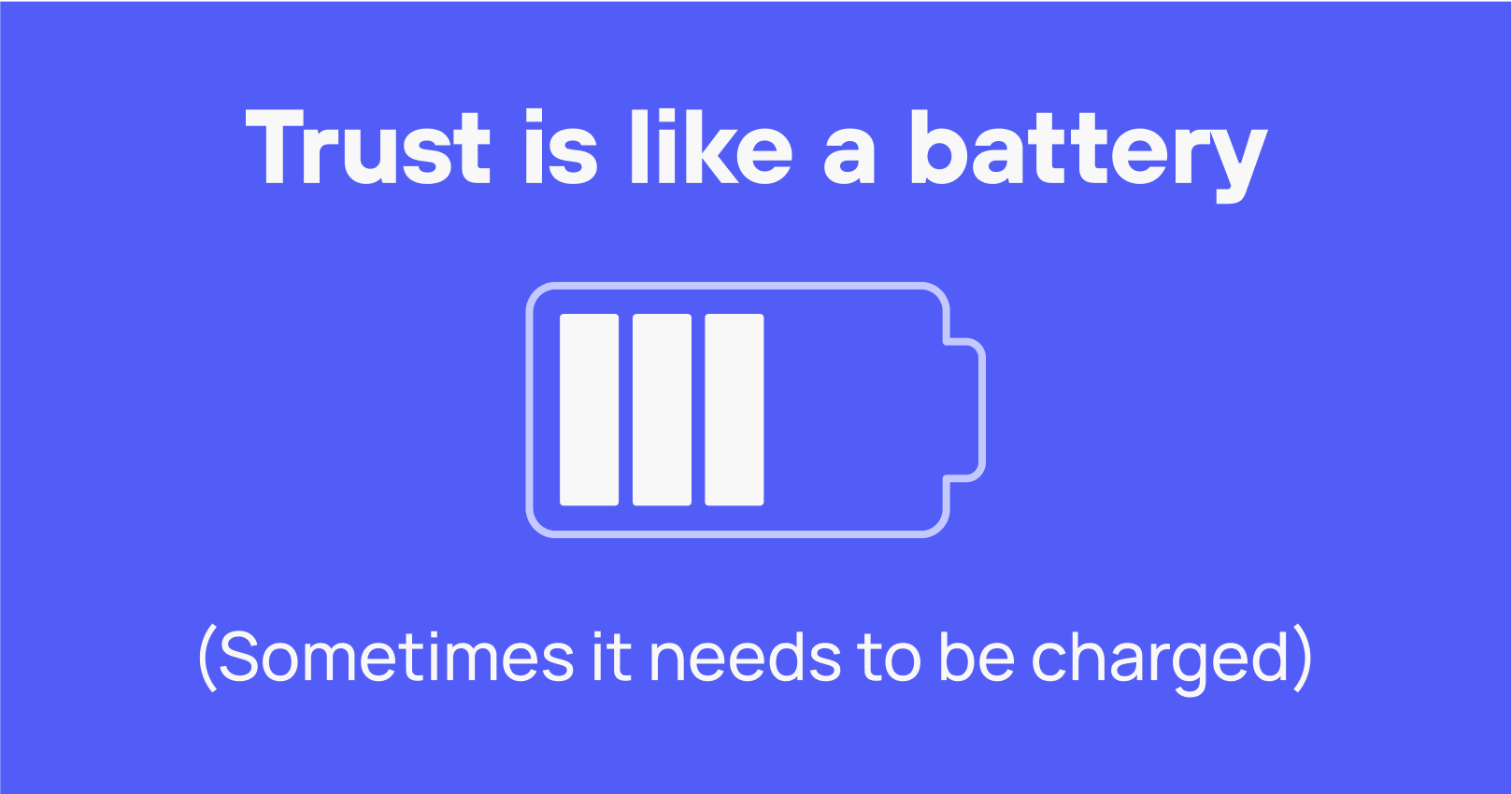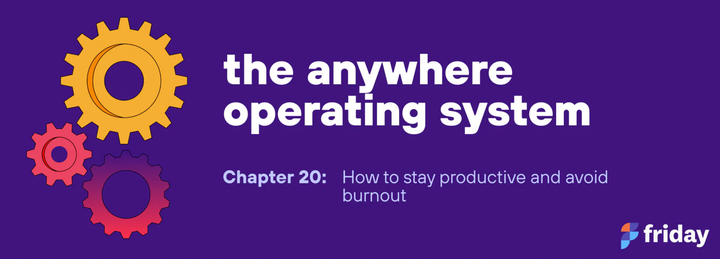Chapter 15: how to hold company meetups

One mistake people make when considering a work-from-anywhere model is assuming that meeting up in person is out of the question. Before the COVID-19 pandemic, every single leading remote-first company I can think of (i.e., Zapier, Automattic, GitLab, etc.) would meet up in the real world at least once a year.
That’s because there is no replacement for face time.
As I’ve mentioned earlier in this book, you need to think about your communication and in-person interaction like tools in your toolbox. There is a time to meet in person, and there’s a time to work from home. If you want to master WFA, you need to understand the value of company meetups and how to use them to build strong bonds with your team.
I’ve been to almost a dozen remote company meetups for numerous companies. I’ve also planned them. I’ve seen what works and what doesn’t. My hope is that you can learn from the mistakes I’ve seen and made.
Why have an onsite?
The #1 reason why your company should meet up in person at least once a year is because it’s the fastest way to recharge the “trust battery.” If you want to accelerate and build better relationships and trust with your coworkers, the fastest way to do it is by spending quality time together.

If building better relationships with your team is what you’re optimizing for, you need to shape meetups to focus on this. I’ve been to meet-ups where we did heads-down work most of the time and it was an epic waste of time and money.
Company meetups is event planning!
Make no mistake - organizing company meetups is event planning. If you dislike event planning or believe it’s not the best use of your time, it might be worth delegating to someone else on your team.
To illustrate, I worked for a 150-person company and an annual company meet-up consumed two people’s time and attention for at least three months. At a smaller startup, we had a party planning committee handle the scheduling and coordination.
Even as a small startup, this can consume a meaningful amount of a founder’s time and attention.
How often should meet-ups happen?
For early stage companies, you will feel a gravitational pull to hold a quarterly onsite, but I’d recommend against it for the following reasons:
- It’s expensive
- A week-long meetup once a quarter is almost a month away from home every year
- You will spend too much time planning events and not enough time working on the business
- As you grow, you will have to scale back the frequency. It’s inevitable.
I’d recommend early-stage companies have one or two meet-ups annually. If you need more face time with the team, I’d recommend having specific teams or individuals travel on their own.
For larger organizations, I’d recommend one meetup every year and to create loose guidelines around meeting up for collaboration, team building, and eating food together. For example, you could allocate a travel budget to a team that they can use at their own discretion.
Establish financial constraints
Speaking of budget, I’d encourage you to create guardrails when scheduling an onsite. You could have each person book their own travel and accommodations (easier to coordinate), but you will see a huge amount of variance if you don’t create constraints. Some people on your team will book the cheapest flight possible, while others will book direct flights and spend twice as much money.
While you should expect some variance as people are flying in from different locations, you also need to apply constraints like:
- A deadline for when flights and accommodations should be booked
- Costs that require leadership approval. For example, if a flight costs over $1,000, you need to have someone approve it before booking
- What costs can be expensed – breakfast, lunch, and dinner? Or just lunch and dinner?
What should you do at a company meet-up?
These meet-ups should be focused on building better relationships and getting to know your team above all else. For example, you could:
- Eat lunch/dinner together (one of the best ways to get to know your team)
- Do an outdoor activity, like hiking or mini-golfing
- Go on a walking tour or visit a tourist destination
You don’t need to overcomplicate this, especially if you are a small company. For example, at the first Friday meetup (we had 3 full-time employees at the time), I helped a coworker install siding on his house and hung out near the stream in his backyard.

If you’re going to do work, I recommend tackling thorny problems that are best discussed in a face-to-face environment. For example, at another company meet-up for Friday, we discussed our company values and high-level strategy. Then, we took a boat ride. High-level brainstorming product brainstorming sessions work too!
What should the daily schedule look like?
I’ve experienced two different formats at organizations for which I’ve worked:
- Work in the morning, do team-building activities in the afternoon
- Work on specific days, and have dedicated team-building days
The right answer depends on the size of your business. If you are a larger business, I’d recommend grouping activities by the day because the coordination cost is lower. For a smaller startup, having variance throughout the day works.
The key to either of these approaches is to send an agenda before the events begin. People need to know what to expect and how they should prepare for the day. For larger companies, I’d recommend creating an agenda for the entire week and sharing it before everyone arrives.
Additionally, when meaningful discussion takes place, it needs to be documented in writing and shared with the broader group asynchronously. For example, if you hold break-out sessions with smaller teams, make sure to take notes and then share them with the broader group to ensure that the information is traveling across the organization.
What about drinking?
The answer to this question depends on the company you want to build. I’ve heard horror stories from peers about company meet-ups where people drink too much.
On one hand, you want to treat people like adults; but, on the other hand, you may not want things to get out of hand. So what do you do?
First, if someone wants to get their drink on, there’s very little you can do about it. However, that doesn’t mean you can’t create constraints to set the tone. For example, one company where I worked would expense the first two drinks at a meal, but after that, the individual would need to buy their own drinks.
To be clear, this policy didn’t stop certain individuals from drinking excessively, but it did create a cultural guardrail and set an expectation without being overly prescriptive.
Everyone is watching you
As a leader, your behavior at company meetups sets the tone. You should assume that someone on your team is always watching you. The behavior you exhibit when everyone meets up in person is much more likely to be remembered over the long term, as your in-person interactions are rare. This is your chance to shape and reinforce your company culture in a tangible way.
When the onsite ends…
After the onsite concludes, make sure to create a feedback loop to improve in the future. For example, you could send out an anonymous survey and ask questions like:
- On a scale of 0-10, would you recommend another company meetup?
- What is the reason for your choice?
In conclusion
People will remember your company meetups for years to come, so make them count! Optimize for getting to know your team above getting work done. You have the rest of the year to work.
Want to keep reading? In the next chapter, we discuss how to hire people you've never met.


